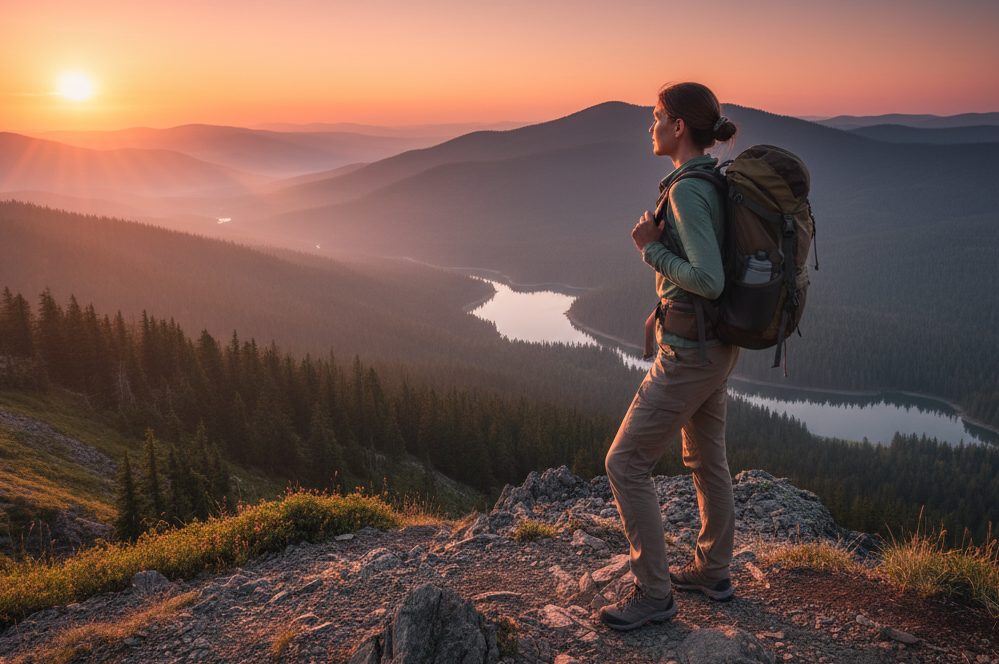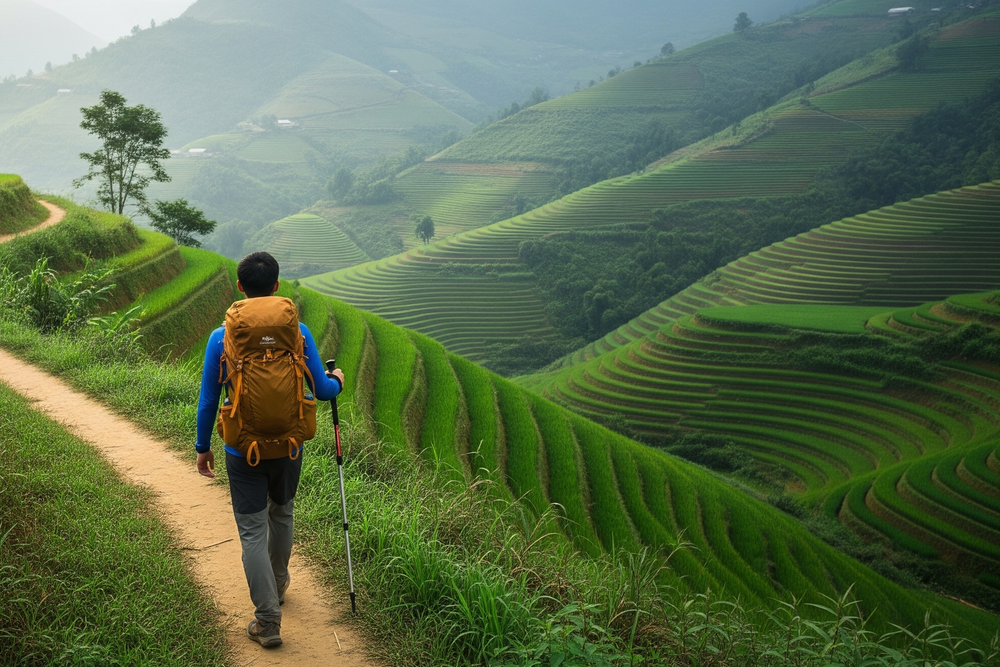How to Plan a Solo Backpacking Trip in 2026
Remi Patel
2025-10-29
6 min read

The idea of setting out on a backpacking trip alone can be both thrilling and intimidating. It represents ultimate freedom—an opportunity to explore the world entirely on your own terms. As we look toward 2026, the appeal of solo travel continues to grow, attracting those who seek personal growth, adventure, and a deeper connection with themselves and the world. Planning a successful solo backpacking trip requires careful thought and preparation, but the rewards are immeasurable.
Choosing Your Destination with Care
The first and most exciting step is deciding where to go. Your destination sets the tone for your entire journey. When traveling alone, it's wise to consider locations known for their safety and established traveler infrastructure. Countries in Southeast Asia like Thailand and Vietnam, or European destinations such as Portugal and Spain, have long been popular with backpackers for their affordability, ease of travel, and welcoming communities. Consider what kind of experience you are seeking. Are you drawn to bustling cities, serene natural landscapes, or rich historical sites? Do you want to relax on a beach or challenge yourself with a multi-day hike? Your personal interests should be the primary guide in this decision. Research the local culture, language, and customs of your potential destinations to ensure they align with your comfort level. Online travel forums and blogs from fellow solo travelers can provide invaluable, up-to-date insights that guidebooks might miss.
Budgeting for Freedom and Flexibility
Creating a realistic budget is the foundation of a stress-free trip. Your budget will influence the length of your travels, the type of accommodation you choose, and the activities you can enjoy. Start by researching the average daily costs for your chosen destination, covering accommodation, food, transportation, and activities. Websites that track travel expenses can offer a reliable baseline. Your budget should be broken down into a few key categories. First are the pre-trip expenses, which include flights, travel insurance, visas, and any necessary gear. Travel insurance is non-negotiable for a solo traveler, providing a critical safety net for medical emergencies, trip cancellations, or lost baggage. Next, calculate a daily average budget for your time on the road. A common strategy is to categorize your spending into essentials like food and lodging, and extras like tours and souvenirs. It's always a good practice to build a contingency fund into your budget—around 10-15% of your total—to cover unexpected costs or spontaneous opportunities. Having this buffer allows you to say "yes" to an unplanned adventure without financial worry.

Packing Light and Smart
For a backpacker, your backpack is your home. The golden rule is to pack light; you will be carrying everything on your back, and an overweight bag can quickly become a burden. A 40-50 liter backpack is generally sufficient for most trips, as it forces you to be selective and often meets carry-on size restrictions for airlines. Focus on packing versatile, multi-purpose items. Choose clothing made from lightweight, quick-drying fabrics that can be layered. A few neutral-colored base items can be mixed and matched to create numerous outfits. A sarong, for example, can be a towel, a beach cover-up, a scarf, or even a makeshift curtain in a hostel dorm. Beyond clothing, your essential pack should include a well-stocked first-aid kit, a portable power bank, a universal travel adapter, and copies of your important documents like your passport and visa. Packing cubes are a backpacker's best friend, helping to organize your belongings and compress clothing to save space. Remember that many toiletries and basic items can be purchased at your destination, so only bring what you need to get started.
Prioritizing Safety and Awareness
Safety is a primary concern for any solo traveler, but with awareness and common sense, it is entirely manageable. Before you leave, share your itinerary with family or friends back home and arrange regular check-in times. Enrolling in your government's program for citizens traveling abroad can provide important alerts and assistance in case of an emergency. Once you are on the road, your awareness is your best tool. Always be conscious of your surroundings, especially in crowded places or at night. Avoid displaying expensive electronics or jewelry openly. Trust your intuition; if a situation or a person feels off, remove yourself from it. When choosing accommodation, opt for hostels or guesthouses with positive reviews from other solo travelers, paying attention to comments about safety and security. Storing your valuables in a locker is standard practice. It's also wise to learn a few key phrases in the local language, such as "hello," "thank you," and "help." This small effort can go a long way in building rapport and navigating daily interactions. Embarking on a solo backpacking trip in 2026 is an invitation to discover your own resilience, resourcefulness, and capacity for wonder. Through careful planning, you create the structure that allows for true spontaneity and freedom. The journey will undoubtedly present challenges, but it will also offer moments of profound beauty, connection, and self-discovery that will stay with you long after you return home.


